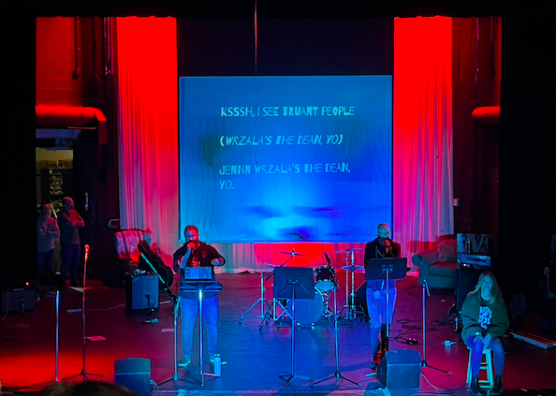SpaceX sends four astronauts to the Space Station in a successful launch
April 2, 2023
SpaceX launched four people on the Crew-6 mission from NASA’s Kennedy Space Center, on March 2, 2023 in Cape Canaveral, Florida, to the International Space Station. The crew members include NASA astronauts Stephen Bowen, Warren “Woody ” Hoburg, Sultan Alneyadi, as well as Russian cosmonaut Andrey Fedyaev.
The Crew Dragon, the vehicle carrying the astronauts, is expected to spend about one day maneuvering through space, before meeting up with the space station. The flight itself, however, is planned to last approximately six months. Once they arrive at the space station, they will work to take over operations from the SpaceX Crew-5 astronauts who arrived at the space station in Oct. 2022. There, they will oversee more than 200 labs, including researching how substances burn in the microgravity environment.
During this launch the astronauts on Crew-6 host two key missions on behalf of NASA while on the space station. The Boeing Crew Flight Test will mark the first astronaut mission under a Boeing-NASA partnership. The test will be the last phase of testing Boeing needs to certify its Starliner spacecraft for routine astronaut missions. The crew is planned to host the second mission in May, when they arrive on Axiom Mission, a privately funded space flight to the space station. There, Crew-6 will deploy a separate SpaceX Crew Dragon capsule, carrying out the second key mission on behalf of NASA.
Unlike the rest of the members, Fedyaev joined the Crew-6 team as part of a ride-sharing agreement. Due to rising tensions between Russia and the United States over matters regarding the Russian-Ukrainian war, this agreement states that any hostilities on the ground between these two countries have no effect on the countries’ ongoing cooperation in space.
In a previous interaction questioning whether NASA and Russia relations will be affected by Ukraine, Josh Finch, a spokesperson for NASA explains that they will continue to cooperate with Russia on the International Space Station.
“NASA continues working with the State Space Corporation Roscosmos (Roscosmos) and our other international partners in Canada, Europe, and Japan to maintain safe and continuous International Space Station operations,” Finch said.
Adjacent to this agreement, if the SpaceX Crew Dragon or Russian Soyuz spacecrafts experience any difficulties, its counterpart can transport astronauts from both countries.
The flight marks the final of the original six NASA missions. The mission was originally scheduled to launch early on Feb, 27. However, the initial attempt was unsuccessful due to clogged filters.
CNN explains the technical problems which had caused the first attempt of the final mission to be unsuccessful.
“The engineers said they detected an issue with a substance called triethylaluminum triethylboron, or TEA-TEB, a highly combustible fluid that is used to ignite the Falcon 9 rocket’s engines at liftoff”, Wattles said.
With less than three minutes left, the engineers called off the initial flight, due to problems with the TEA-TEB fluid. Although engineers did have to troubleshoot at least one irregularity after takeoff, the Crew’s second flight was able to takeoff with no problems in the TEA-TEB system.


